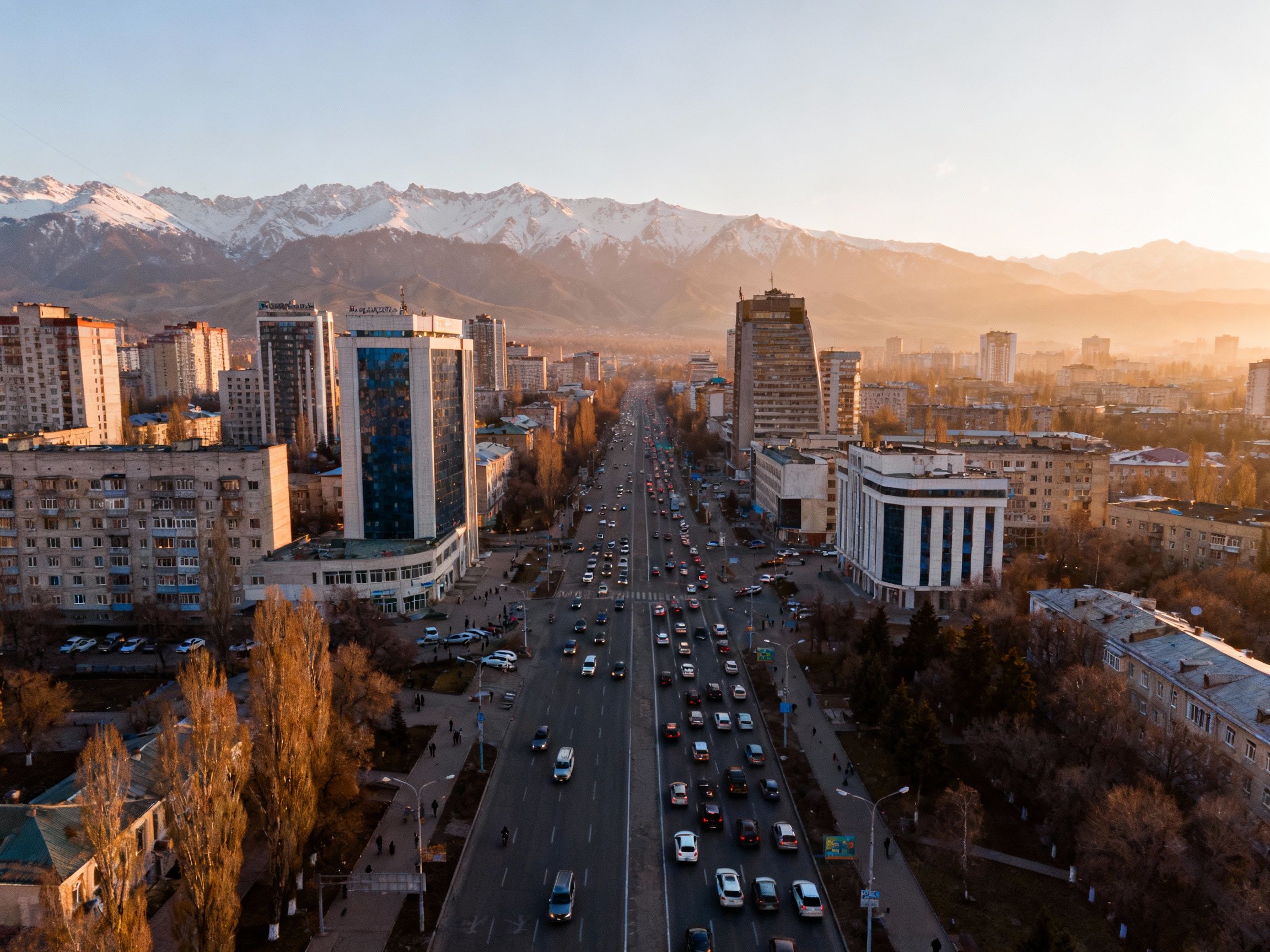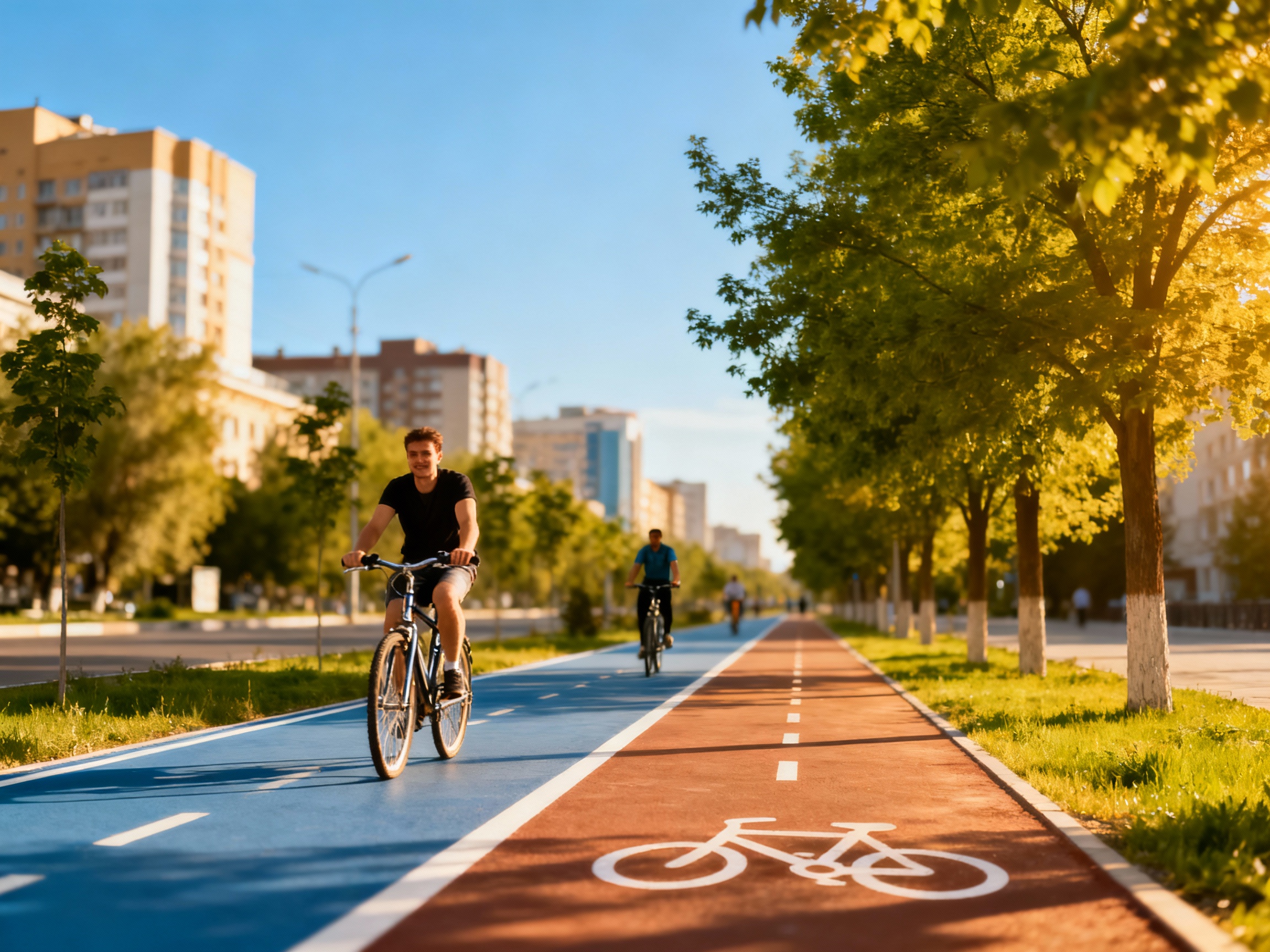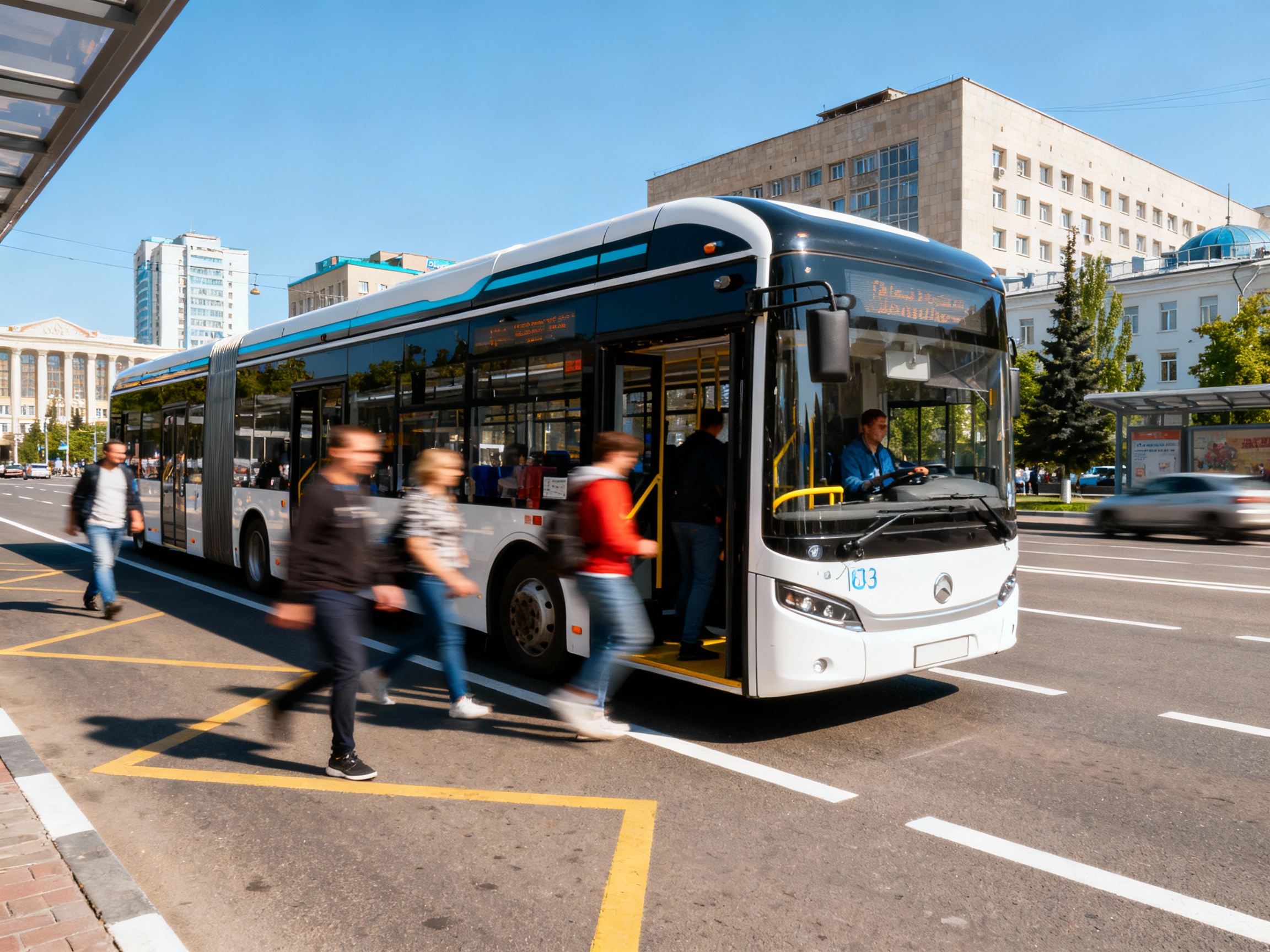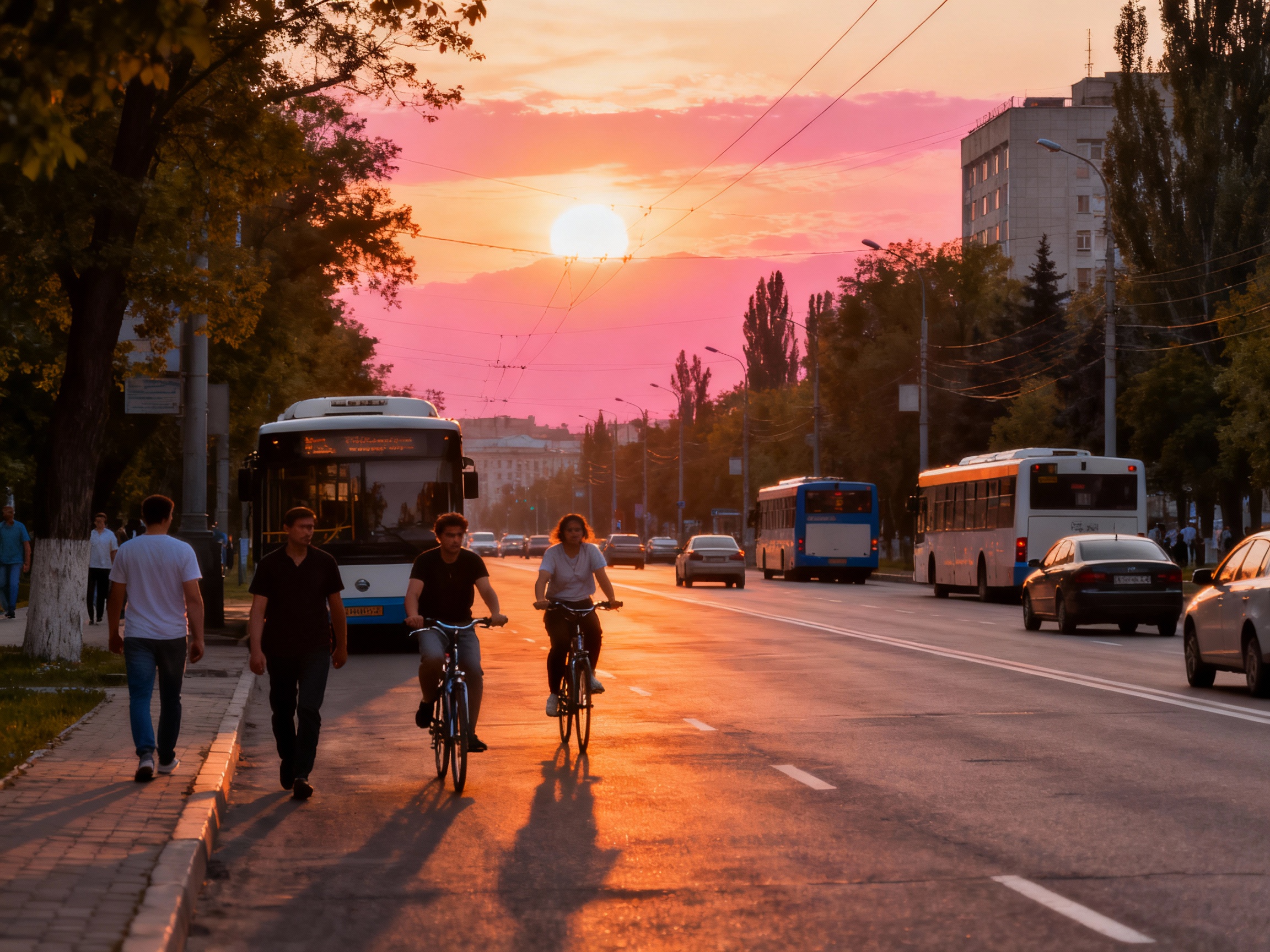
Traffic jams are not just an inconvenience. They are a symptom of a complex imbalance between the demand for movement and the city's network's ability to meet it. If the problem is viewed superficially, the conclusions will be incomplete. We will delve deeper - analyzing causes, interconnections, and points of influence.
Introduction: why it's important to dig deeper
Simply complaining that "there are too many cars" or "the roads are old" is of little use. We need to understand:
- where exactly bottlenecks occur,
- what forces keep the system stagnant,
- what can be influenced right now, and what - only over the years.
Then the reader will receive not superficial ideas, but a roadmap to which they can contribute.
Where does the city hurt?
Demand overload, leading growth
A car is not just a means of transport; it is often perceived as a guarantee of comfortable mobility. But the growth of the car fleet outpaces the system's development, and the cost is in distribution:
- The percentage of roads loaded more than 85% increased from 12% to 28% over five years (on key city highways).
- The average speed during peak hours in central areas dropped to 15-18 km/h, on certain sections - to 8-10 km/h.
- Many streets, designed for flows 10–15 years ago, are now forced to "handle" twice the load - and they are already failing.
Thus, the car is not an "enemy," but the demand management mechanism has fallen out of balance with the city's resources.
The form and logic of the road network
The roads in Almaty were not created for current loads. This is manifested in:
- Suboptimal planning: many streets end in a "dead end" or intersect highways at sharp angles, poorly adapted to modern traffic.
- Uniform orientation: main flows concentrate in "high corridors," with few alternative routes.
- Narrow sections: bridges, tunnels, crossings - these are where "bottlenecks" occur, disrupting flow for hundreds of meters in both directions.
Any bottleneck acts as a "brake." If narrow sections are not treated - technology and optimization will only have a partial effect.
Weakness of alternatives and behavioral constraints
Even the best ideas are empty if not used. Here are the obstacles:
- Public transport is inconsistent: waiting times, irregularity, overcrowding - all reduce trust.
- Car sharing, micromobility, and bicycles are good ideas, but for many residents, they remain inconvenient due to lack of infrastructure, safety, and integration.
- People are used to "driving a car" even for short distances. Retraining requires time, incentives, and examples.
When many choose personal transport despite traffic jams — it signals that the alternative is not competitive enough.
Points of influence: where to strike to "free" the city
Having analyzed the causes, it is clear that not all solutions are equally useful. Here are the key points where an effect can be achieved:
Narrow sections
If the 5-10 most problematic "bottlenecks" are eliminated - the gain is felt immediately. This could be lane expansion, re-marking, changing turn directions, or roundabouts.
Effect: reducing congestion accumulation, minimizing chain reactions.
Traffic light and flow management
Smart technologies are effective where the flow changes: in the morning, evening, during accidents. Static algorithms lose efficiency.
Important: these systems must be adaptive, with feedback, not operating on a schedule. And they must be centrally managed - to consider the entire city, not locally.
Priority for public transport
If a bus or trolleybus travels in the same flow as private cars - its advantages are nullified.
Dedicated lanes, priority at traffic lights, violation control - this is the minimum without which public transport will remain less attractive.
Integration of movement modes
Public transport, bicycles, and private cars should not be viewed as independent systems. They must work together:
- Bicycles or scooters cover the "last mile."
- From parking - transfer to a bus or tram.
- Cars - only for cases where other methods are unsuitable.
When components are connected - the system becomes more flexible and attractive.
Shift in travel times
If everyone travels simultaneously - the network cannot cope. Shifting work start times, introducing flexible schedules, differences in school start times - this is a way to "stretch" the load.
Not a fantasy - many large cities already apply this. The peak will still exist, but it will be less destructive.

Technologies that work instead of asphalt
In a modern city, technology is not a luxury but a way to regain control over the transport system. Almaty can use these solutions right now.
Adaptive traffic lights
The system works simply: cameras and sensors track the number of cars and dynamically change signal durations. Where the flow is denser, the green light stays on longer.
Advantages:
- Reducing average waiting time at intersections by 30–40%.
- Smoother movement, fewer abrupt stops and starts.
- Possibility of "green waves" - when a driver passes several traffic lights in a row without stopping.
If such a system covers at least 60% of Almaty's intersections, the increase in capacity is comparable to building a new highway - but tens of times cheaper.
Traffic management center
This is the brain center of the transport system.
It combines data from cameras, sensors, navigators, and services. Specialists see in real-time where congestion occurs and can instantly change traffic light cycles, redirect flows, call tow trucks or regulators.
Such centers have already proven effective in Moscow, Istanbul, and Bangkok. They reduce average travel time by 10–20% without a single meter of new asphalt.
Integration with navigation
Services like Yandex.Maps or Google Maps already collect traffic data. But when integrated with the city center, they can work not reactively, but preventively - warning of overload and offering alternatives in advance.
Imagine if the app shows not just a "red zone," but the recommended speed for passing traffic lights or the nearest intercept parking. This is a smart city in practice.

Infrastructure: small steps with big impact
Technologies help manage flow, but the streets themselves also need to be adapted to city life.
Redistribution of space
Every meter of street should be beneficial.
In some places, chaotic parking should be removed to return a traffic lane. In others, the sidewalk should be expanded to reduce accidents.
The main thing is to stop considering the road exclusively as car territory. It is the space of the citizens.
Dedicated lanes and BRT
Bus Rapid Transit is a "train on wheels": high-speed buses on their lanes, with priority at traffic lights and convenient stops.
This format increases capacity two to three times with the same streets.
It's important not just to draw a line with paint, but to ensure:
- physical separation,
- accurate schedules,
- priority at intersections,
- penalties for violators.
If 15–20% of motorists switched to such transport, traffic jams in Almaty would decrease by a third.
Intercept parking
A large part of the flow is formed at city entrances.
If convenient parking with transfers to buses, metro, or trains is provided - the flow to the center will decrease.
For this, the following are needed:
- free parking at transport hubs,
- synchronized schedules,
- priority for high-speed routes.
This approach does not require breaking the city - just smartly connecting existing links.
Bike lanes and micromobility
Bicycles in Almaty are still more of a hobby than transport. But if safe routes, bike parking, and connections to the metro are created - the share of short trips made without a car can reach 25–30%.
This is a huge reserve. In Amsterdam, Copenhagen, and Munich, this was achieved not by ideology, but by infrastructure - quietly, consistently, with respect for individual choice.
Organization and culture of movement
Without changing habits, all efforts will be temporary.
The city needs to live by new rules.
Flexible schedules
If everyone travels simultaneously - even perfect roads won't cope.
Government institutions and universities can start work with a difference of 30–60 minutes.
Private companies - implement flexible schedules and partially remote work.
This is simple, inexpensive, and gives quick results. Peak load stretches, and the system breathes more freely.
Restrictions and incentives
The problem cannot be solved by bans, but it can be balanced:
- restrict entry of old cars below Euro-5 into the center,
- introduce parking fees in congested areas,
- provide free parking on the outskirts.
This is how London, Milan, and Oslo work - with a noticeable effect of reducing congestion by 25–40%.
Fostering respect for space
Driving culture, pedestrians, lane compliance - this is also infrastructure, only mental.
Campaigns are needed that do not "teach," but explain the benefits: less chaos - faster movement, safer streets, cleaner air.

Implementation: a phased roadmap
To avoid drowning in ideas, a clear plan is needed.
Short-term phase (1–2 years)
- Adaptive traffic lights on key highways.
- Traffic management center (pilot).
- Reconfiguration of the most problematic intersections.
- Dedicated lanes on main routes.
- Information campaigns and flexible schedules in government structures.
Medium-term phase (3–5 years)
- Scaling the adaptive system.
- Launch of a full BRT line.
- First intercept parking and transport hubs.
- Expansion of the bike network and micromobility.
- Updating the bus fleet and unified ticketing.
Long-term phase (5–10 years)
- Light rail transport or high-speed tram.
- Full integration of systems into a "smart city."
- Polycentric development - new business clusters outside the center.
- Transition to an "on-demand mobility" ecosystem - where a person chooses not a car, but the best way to get there.
Conclusion: a city for people, not for cars
A traffic jam is not an enemy, but a litmus test. It shows where the system fails. Almaty does not need giant interchanges; it needs bold management, a willingness to change habits, and trust in data.
Transport is not just the movement of cars; it is the movement of ideas, people, air. If the city learns to respect the space and speed of each participant, it will become lively, mobile, and inspiring again.

Leave a comment
Comment